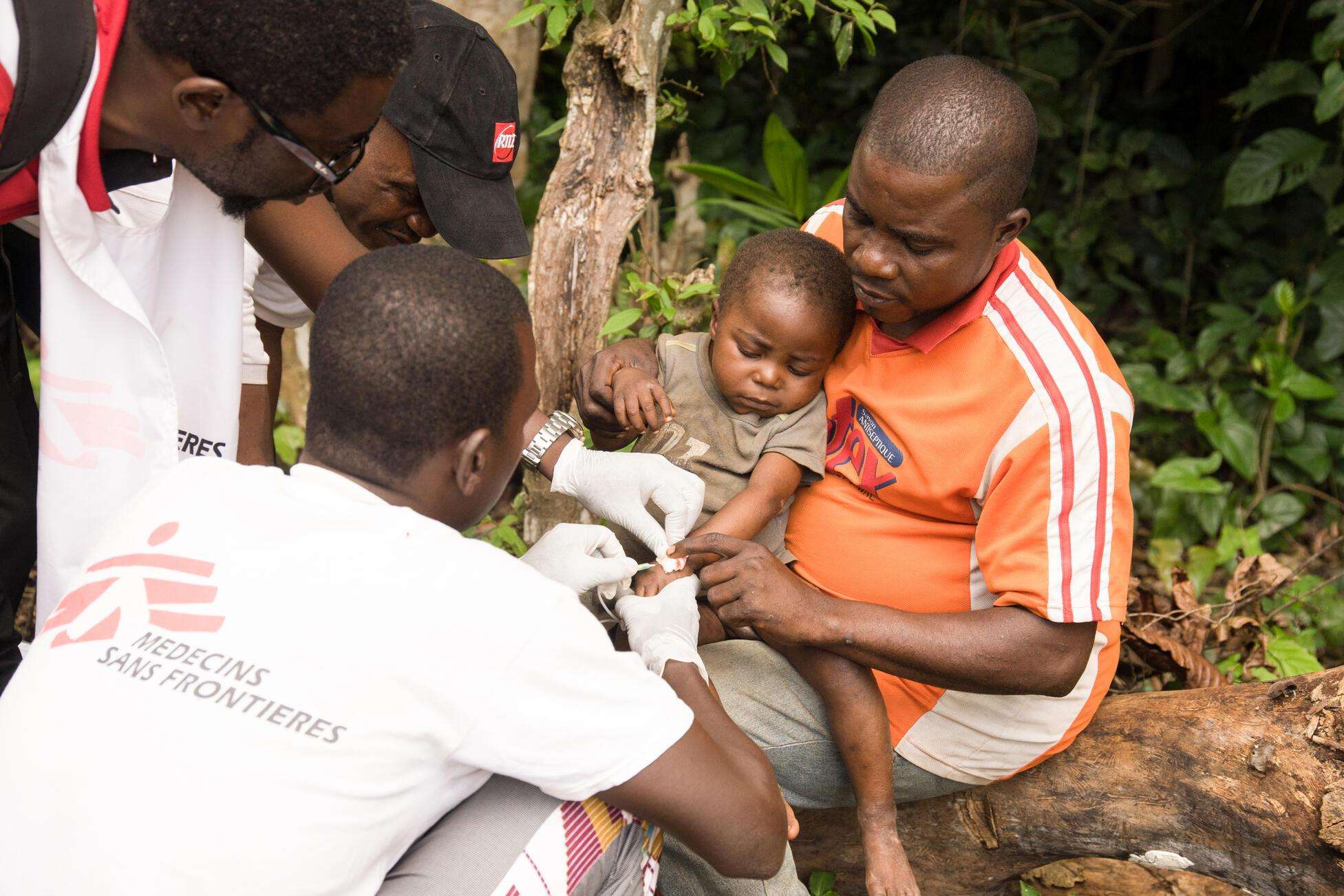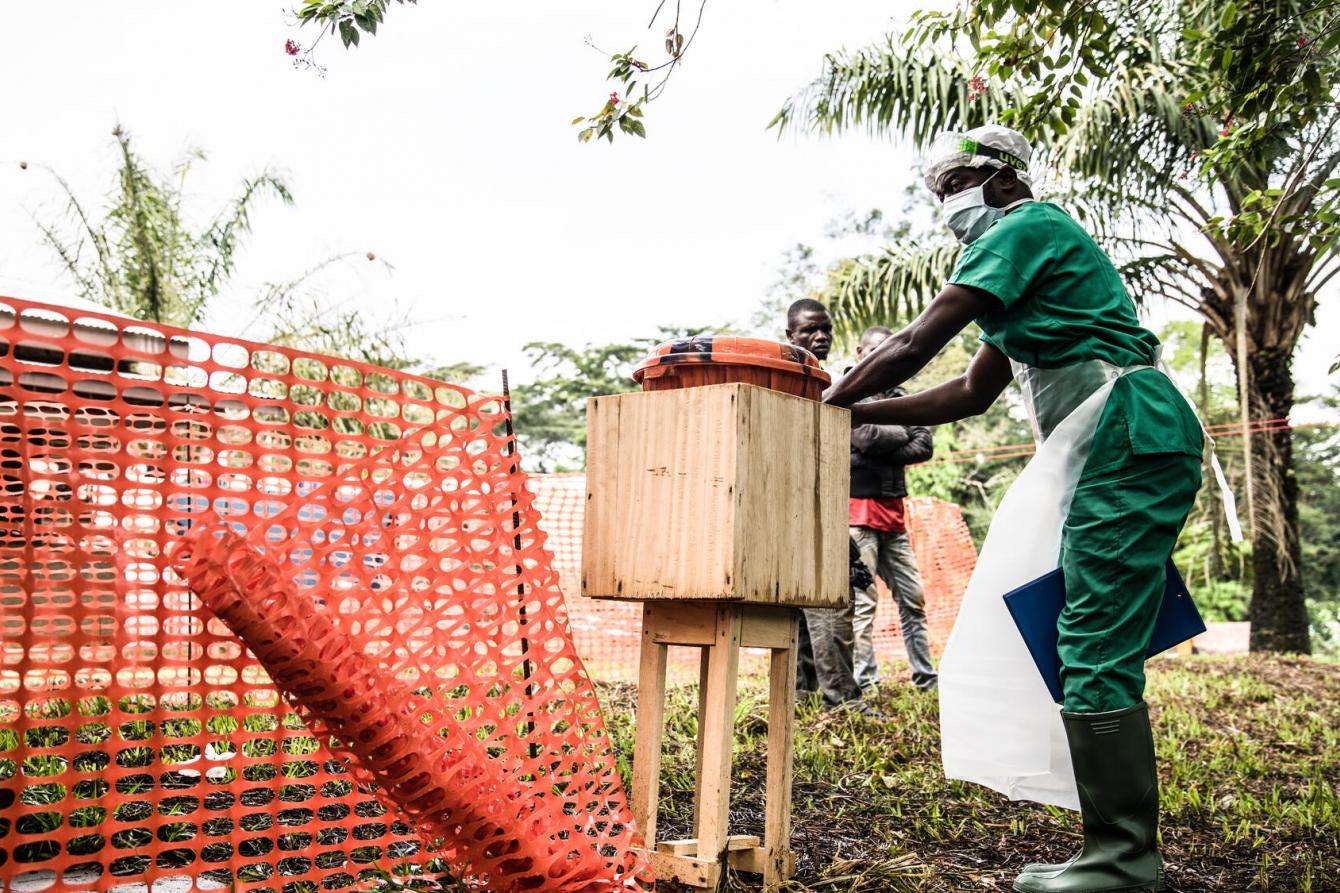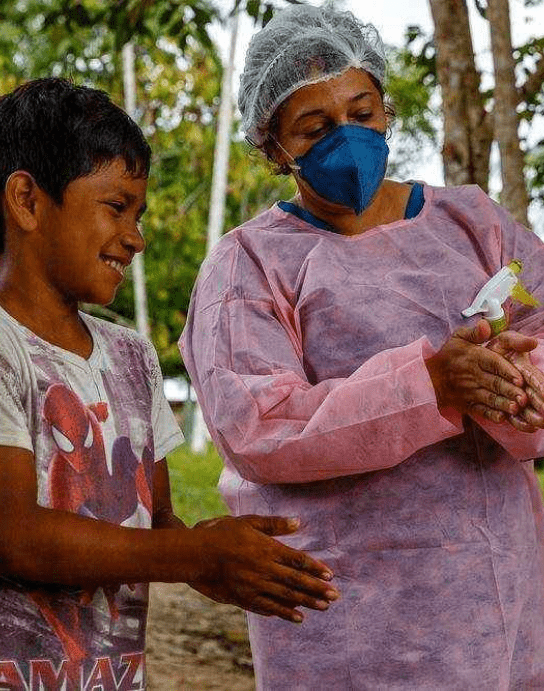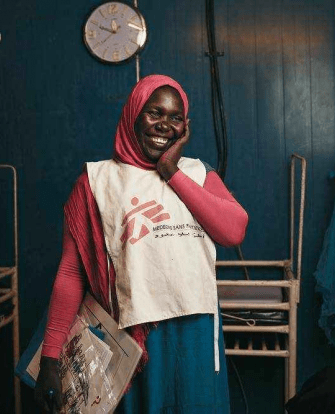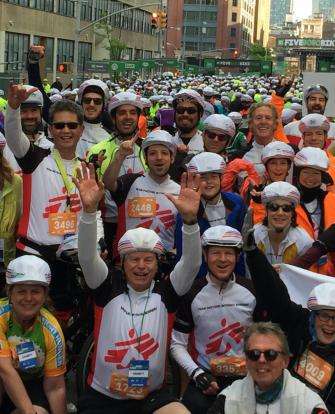Putting monkeypox in context
Monkeypox, recently renamed mpox, is a contagious viral disease that can cause skin lesions, fever, headache, muscle aches, exhaustion, and swollen lymph nodes. Its symptoms are usually mild and last from two to four weeks, but more severe cases can occur. The most vulnerable to severe forms of the disease are children, pregnant women, and people with weakened immune systems.
The first case of monkeypox in a human was identified in the Democratic Republic of the Congo in 1970. Today, the disease is endemic in 11 countries in West and Central Africa. However, there have been some outbreaks outside of the continent in people who were exposed during travel or through imported animals that had the virus.
In 2022, an unprecedented outbreak of cases spread in countries across the world that do not normally report monkeypox, with the largest number of confirmed cases reported in the US. On July 23, the World Health Organization director-general declared the escalating monkeypox outbreak a Public Health Emergency of International Concern.
MSF has a history of treating monkeypox as cases occur from time to time in some of the countries where staff work—including in the Central African Republic in 2018—but is not directly responding to the current outbreak.
